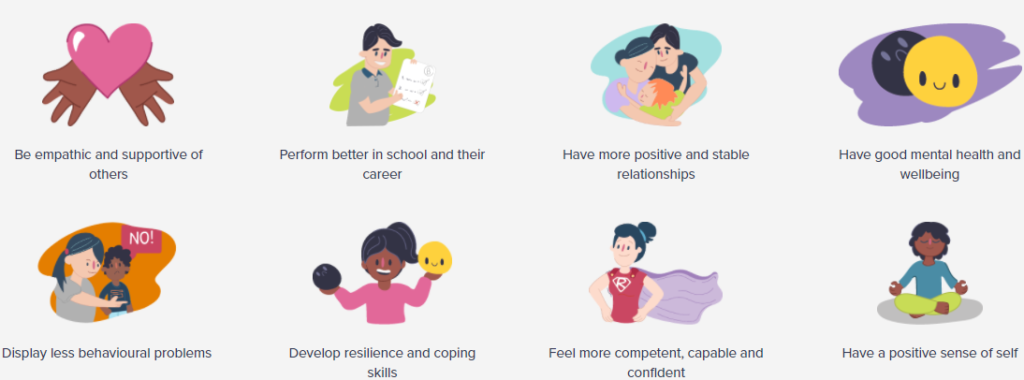Helping kids identify and express feelings
Learning to identify and express feelings in a positive way helps kids develop the skills they need to manage them effectively. Here are some tips on how to encourage your child to express their feelings.

Understanding feelings in kids
Kids deal with many of the same feelings adults do
Kids experience complex feelings just like adults. They get frustrated, excited, nervous, sad, jealous, frightened, worried, angry and embarrassed.
However young kids usually don’t have the vocabulary to talk about how they are feeling. Instead they communicate their feelings in other ways.
Kids can express their feelings through facial expressions, through their body, their behaviour and play. Sometimes they may act out their feelings in physical, inappropriate or problematic ways.
From the moment kids are born, they start learning the emotional skills they need to identify, express and manage their feelings. They learn how to do this through their social interactions and relationships with important people in their lives such as parents, grandparents and carers.
Being a parent means you’ve got a really important role to play in helping kids understand their feelings and behaviours. Kids need to be shown how to manage their feelings in positive and constructive ways.
When kids learn to manage their emotions in childhood it leads to positive attitudes and behaviours later in life
Kids who learn healthy ways to express and cope with their feelings are more likely to:

What you can do to help your child develop their emotional skills
Here are some of the ways you can help your child learn about and express their feelings:
- Tune into cues – Sometimes feelings can be hard to identify. Tune into your child’s feelings by looking at their body language, listening to what they’re saying and observing their behaviour. Figuring out what they feel and why means you can help them identify, express and manage those feelings better.
- Behind every behaviour is a feeling – Try to understand the meaning and feeling behind your child’s behaviour. You can help your child find other ways to express that feeling once you know what is driving the behaviour.
- Name the feeling – Help your child name their feelings by giving them a label. Naming feelings is the first step in helping kids learn to identify them. It allows your child to develop an emotional vocabulary so they can talk about their feelings.
- Identify feelings in others – Provide lots of opportunities to identify feelings in others. You might ask your child to reflect on what someone else may be feeling. Cartoons or picture books are a great way discuss feelings and helps kids learn how to recognise other people’s feelings through facial expressions.
- Be a role model – Kids learn about feelings and how to express them appropriately by watching others. Show your child how you’re feeling about different situations and how you deal with those feelings.
- Encourage with praise – Praise your child when they talk about their feelings or express them in an appropriate way. Not only does it show that feelings are normal and it’s ok to talk about them, it reinforces the behaviour so they are likely to repeat it.
- Listen to your child’s feelings – Stay present and resist the urge to make your child’s bad feelings go away. Support your child to identify and express their feelings so they are heard. When feelings are minimised or dismissed, they will often be expressed in unhealthy ways.